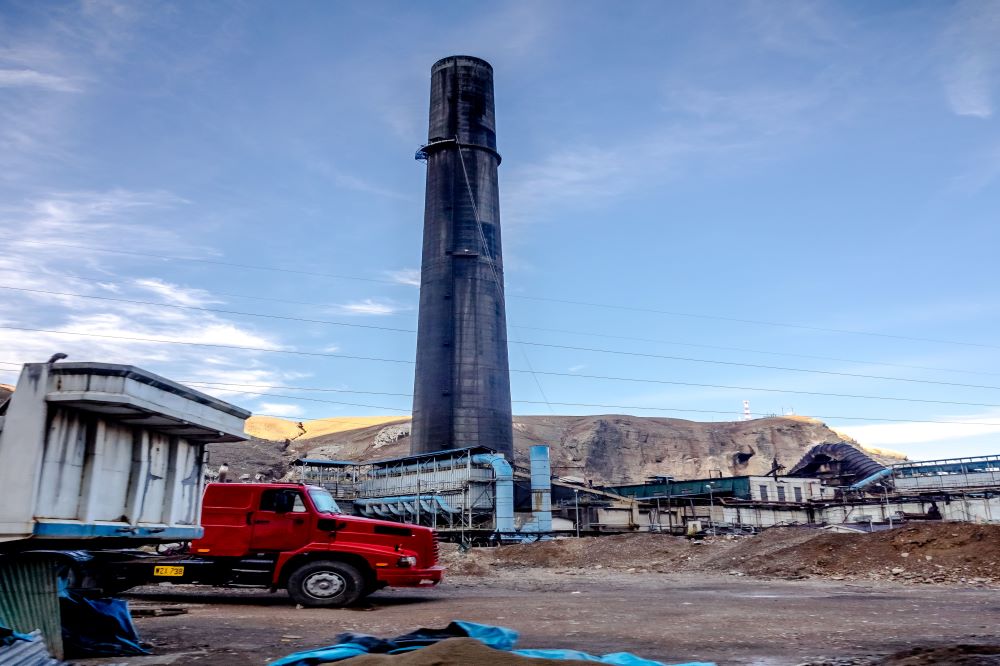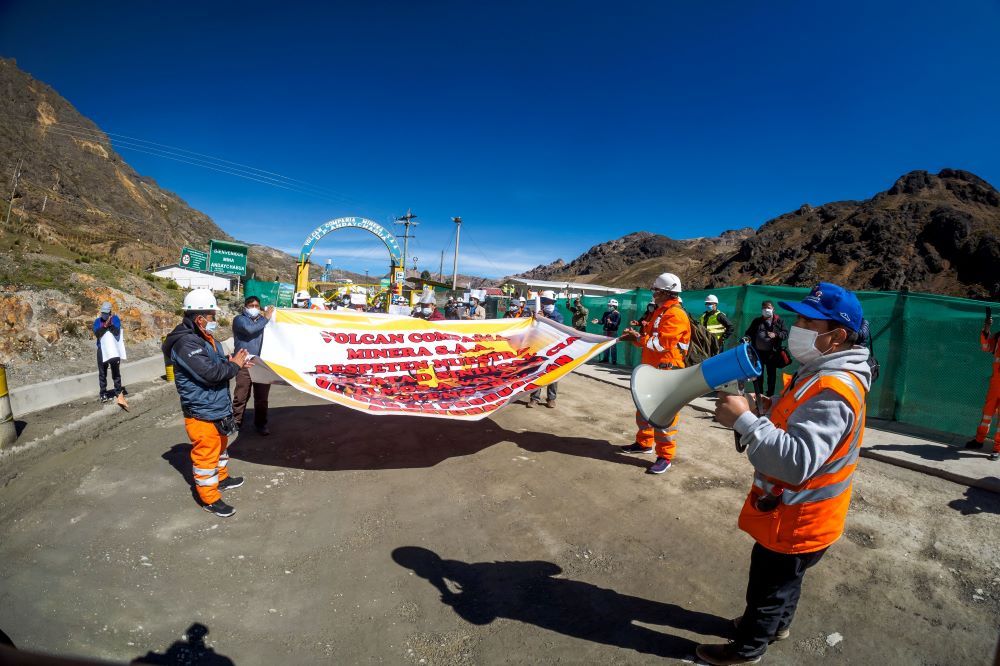Investigating health and safety risks in mines in Peru, Bolivia and Colombia
The parties to the International RBC Agreement for the Metals Sector are investigating the health and safety risks for miners in Peru, Bolivia and Colombia. Among others, silver, copper, zinc, lead and molybdenum are extracted in these mines for Dutch companies.
 © CNV International
© CNV International
The parties previously developed a collective ‘heat map’, that provided insight into the risks in the companies’ supply chain. As a result, it became clear that there are health and safety risks. Working in mines is often heavy work and harmful substances and gases can be released. With this investigation, the parties wish to get a better picture of the nature and extent of the risks.
The investigation consists of interviews with all stakeholders involved: local workers, labour unions, companies and governments. Miners can also complete a digital survey on their phones or tablets. Maurice van Beers of CNV International leads the investigation: “In order to gain insight into the experience of miners, we want to make the barrier to participate as low as possible. In addition, it is very important that companies of the Agreement use their own local contacts. In that way, we get a complete picture.”
The interviews and surveys are expected to be completed in May 2022. The results are expected to provide insight into the nature and extent of the health and safety risks, the extent to which government guidelines and legislation address these risks and the measures that local companies are currently taking to prevent issues. Van Beers: “With this new information, we can draw up an action plan with all parties within the Agreement to tackle malpractices and reduce risks for miners. In the end, everyone benefits from that.”

